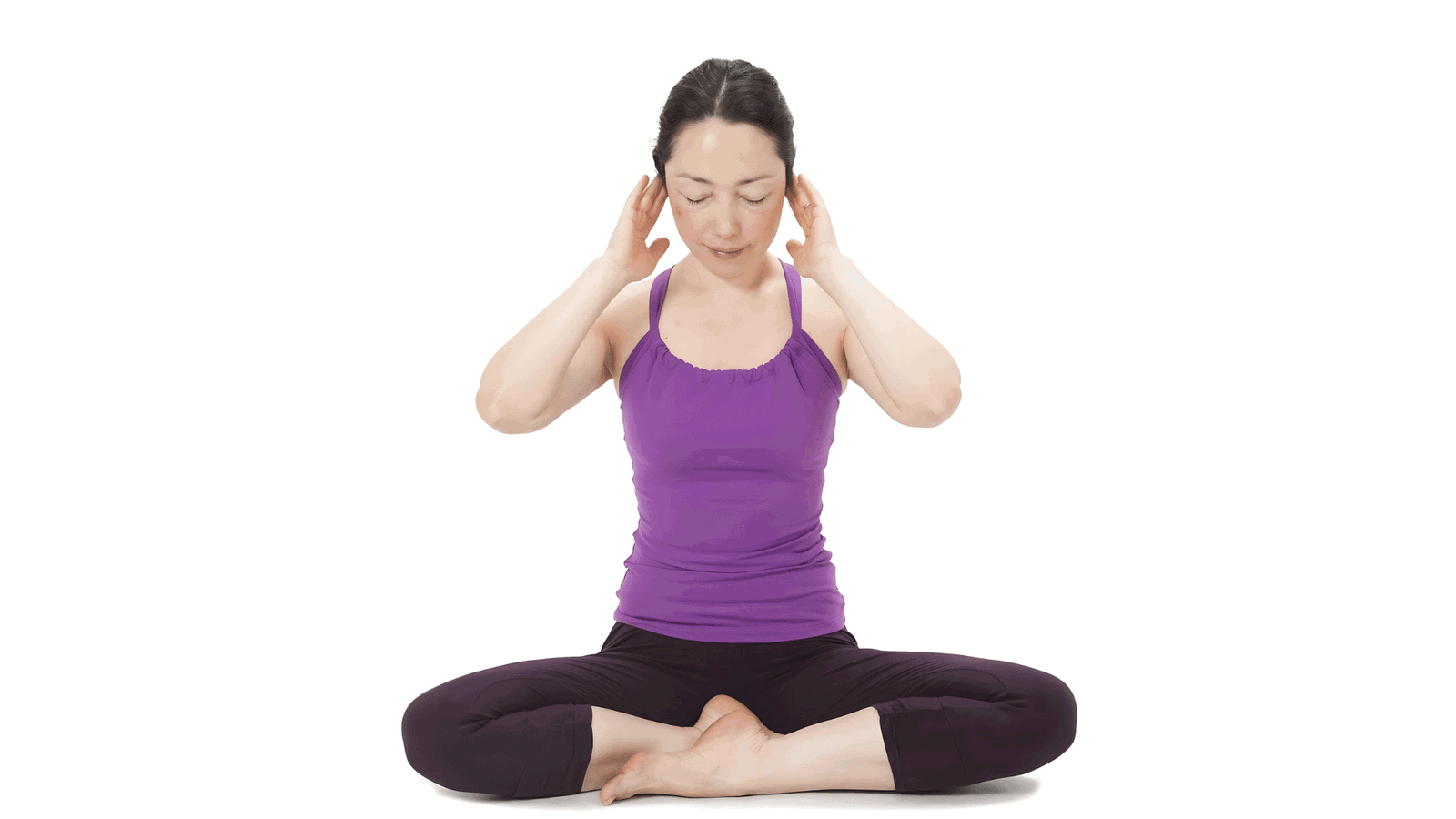Are you struggling with tight vocal cords? Many people who use their voice frequently for work or hobbies face this issue. Poor vocal cord care can lead to discomfort and even long-term problems.
But don’t worry – there are simple ways to loosen your vocal cords and keep them healthy. This guide will show you how to relax your voice using easy exercises. We’ll cover warm-ups, breathing techniques, and cool-down methods that work well for singers and public speakers.
These tips can improve your vocal quality, increase your range, and protect your voice from strain. Ready to learn how to loosen your vocal cords? Let’s analyze these helpful techniques together.
Why Vocal Cord Relaxation is Important?
Vocal cord tension is common for many people who use their voices regularly. It can negatively affect voice quality and overall vocal health.
You might notice your voice sounding strained or hoarse when your vocal cords are tight. If left unchecked, this tension can lead to more serious vocal problems.
Ignoring vocal tension can result in immediate risks. You might experience persistent hoarseness, making it hard to speak clearly.
Vocal strain can cause discomfort and complicate using your voice for extended periods. Long-term damage to your vocal cords can occur if the tension isn’t addressed.
Core Techniques to Loosen Your Vocal Cords
Core techniques for loosening vocal cords include exercises that promote relaxation and flexibility in the voice. These methods help singers achieve better control and range and reduce strain during vocal performances.
1. Neck and Jaw Stretches

- Tilt your head to one side, bringing your ear towards your shoulder.
- Hold for 10 seconds, then slowly return to the center.
- Repeat on the other side.
For chin and jaw movements:
- Slowly move your chin up and down as if nodding.
- Then, move it side to side, like you’re saying “no.”
- Finally, make small circles with your chin.
These stretches can quickly help ease tension in your throat, immediately relaxing your voice.
2. Throat and Vocal Cord Massage

- Use your fingertips to gently rub the sides of your neck, starting just below your ears.
- Move downwards towards your collarbone, using light circular motions.
- Pay extra attention to the area around your voice box (Adam’s apple) and the base of your neck.
This massage helps blood flow better in these areas, which can loosen tight vocal cords and make your voice feel more free.
3. Humming Exercises

- Start by taking a deep, relaxed breath.
- Close your mouth and make a soft “hmm” sound.
- Begin with low notes that feel comfortable.
- Slowly slide up to higher pitches, then back down.
- Repeat this exercise 5-10 times.
4. Lip Trills

This exercise helps vibrate and loosen your vocal muscles
- Relax your lips and let them hang loosely.
- Blow air through your lips, making them flutter (like a horse’s neigh).
- While your lips are fluttering, try to make a sound.
- Start with a comfortable pitch and slide up and down your range.
5. Straw Phonation

This technique helps relieve tension in your vocal cords.
- Take a regular drinking straw.
- Place one end of the straw between your lips.
- Hum gently through the straw.
- Try to maintain a steady airflow as you hum.
- Practice sliding up and down your vocal range.
Breathing Exercises to Furthur Loosen Vocal Cords
Breathing exercises to loosen vocal cords focus on deep, controlled breaths that enhance vocal support and relaxation. These exercises help improve airflow, reduce tension, and promote vocal ease during singing or speaking.
Diaphragmatic Breathing
Deep breathing from your diaphragm helps release tension in your vocal cords. Here’s how to do it:
- Sit or stand comfortably with good posture.
- Place one hand on your chest and the other on your belly.
- Breathe in slowly through your nose.
- Let your belly expand as you inhale while keeping your chest still.
- Your hand on your belly should rise, but the one on your chest should barely move.
- Exhale slowly through your mouth, feeling your belly lower.
Exhale on a Hiss
The hiss breathing technique is great for loosening your vocal cords. Here’s a step-by-step guide:
- Take a deep breath in through your nose, counting to 5.
- Exhale slowly through your mouth, making a soft hissing sound.
- Try to make your exhale last for a count of 9.
- Repeat this process 5-10 times.
Remember, the key to these exercises is to stay relaxed and not force anything. Regular breathing techniques can help loosen your vocal cords and improve overall vocal health.
Additional Tips for Maintaining Loose Vocal Cords
These tips help you out more because they are a form of aftercare for your throat; doing these are as important as anything else.
Stay Hydrated

Drinking enough water is key to keeping your vocal cords loose and flexible. Water helps moisten the mucus membranes in your throat, allowing your vocal cords to vibrate more easily.
Aim for at least eight glasses of water daily and avoid drinks that can dry out your throat, like caffeine or alcohol. Keep a water bottle handy, especially when speaking or singing for long periods.
Avoid Overuse
Resting your voice is just as important as exercising it. Be aware of signs of vocal fatigue, such as hoarseness, difficulty hitting high notes, throat discomfort, or feeling like you need to clear your throat often.
To prevent vocal overuse, take regular breaks when speaking or singing for long periods. Use a microphone when addressing large groups to avoid straining. Practice “vocal naps”—short periods of silence to let your voice rest.
Consider consulting a voice specialist or speech therapist if you notice persistent issues.
Conclusion
Maintaining loose vocal cords is essential for anyone who relies on their voice, whether for singing, public speaking, or everyday communication.
Incorporating these relaxation exercises and techniques into your daily routine can significantly improve your vocal health and performance.
Regular practice of breathing exercises, neck stretches, and gentle massages will help keep your vocal cords flexible and reduce tension. Remember to stay hydrated and give your voice adequate rest to prevent strain.
These simple yet effective methods can make a noticeable difference in your vocal quality and range.
You can use your voice confidently and comfortably in any situation with consistent care and attention to your vocal cords. Start implementing these tips today to experience the benefits of relaxed, healthy vocal cords.





















